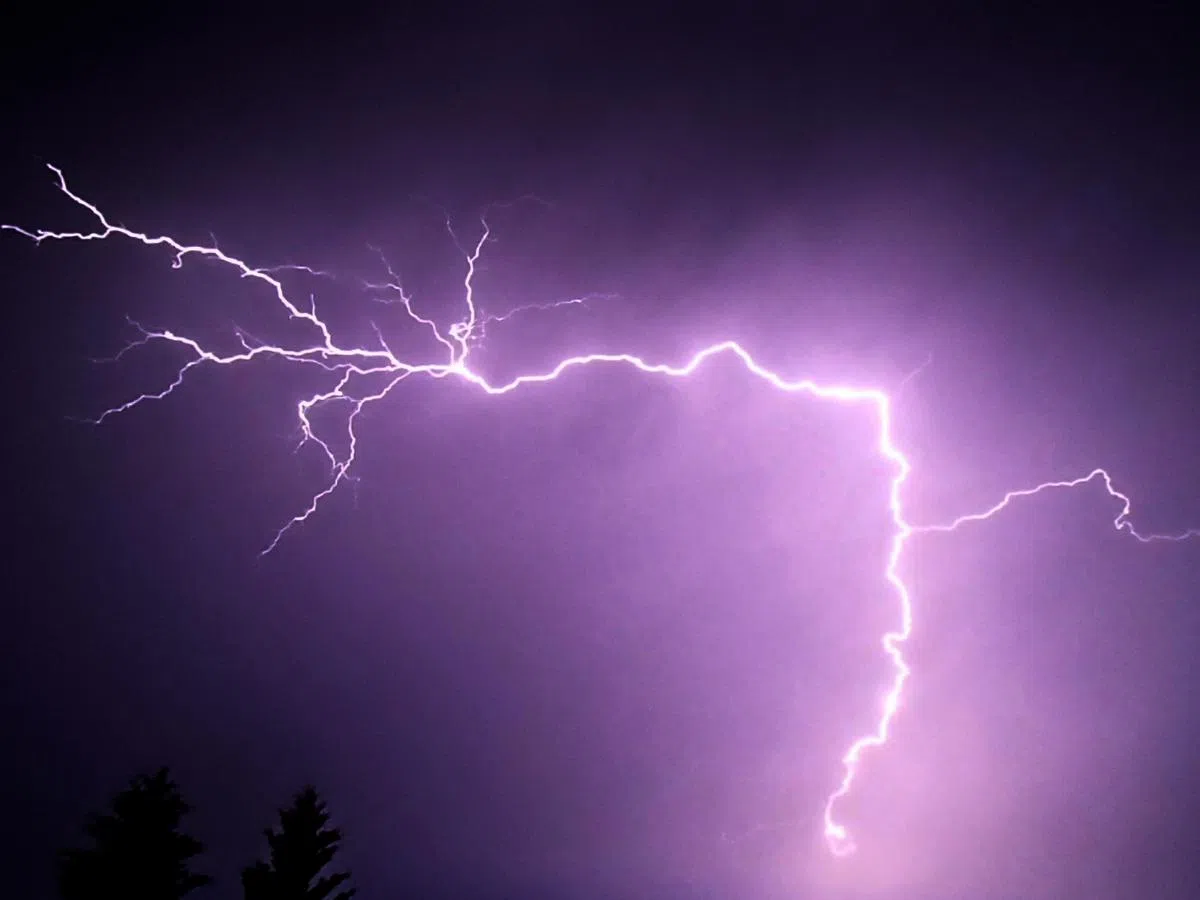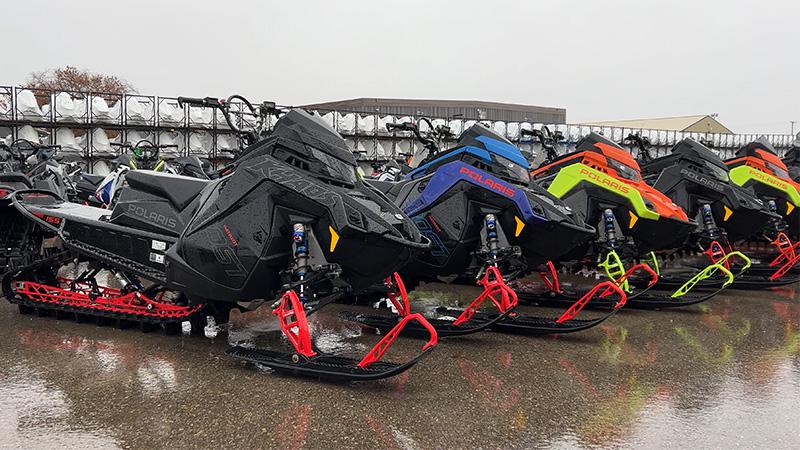
Emergency Preparedness Week celebrated across Canada
Monday marked the start of Emergency Preparedness Week across Canada.
Lyle Karasiuk with Parkland Ambulance said this is the time of year when they want people to take stock of their everyday happenings and surroundings and be prepared for the worst.
“It’s pretty timely here in Saskatchewan, especially in the Prince Albert area where we’ve got some significant flooding happening but emergency preparedness means to look at things like ‘am I organized, do I have a plan, do I have a kit?’ [Those] are the three corner stones of emergency preparedness week,” Karasiuk said.
Karasiuk broke down each of the three corner stones.


